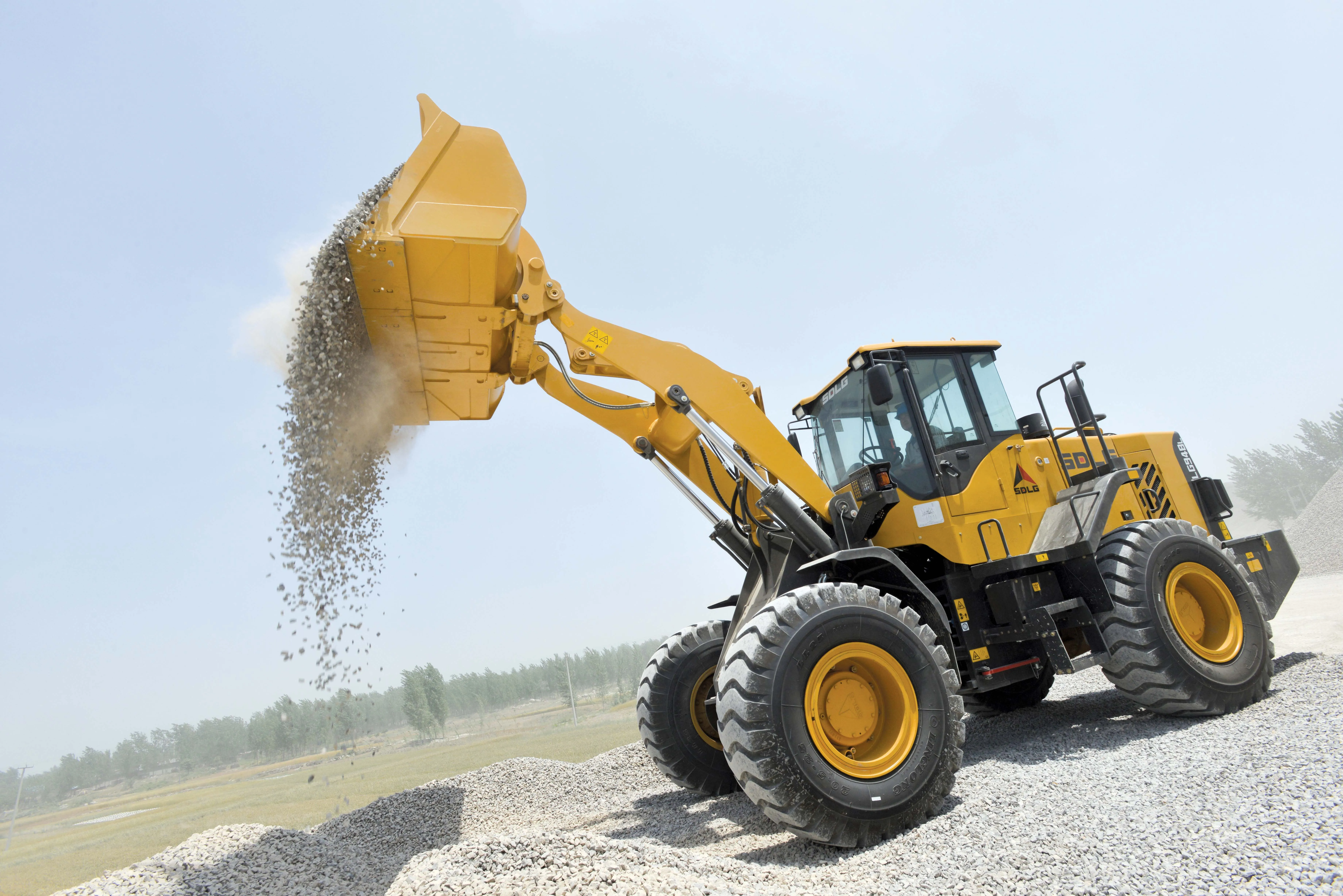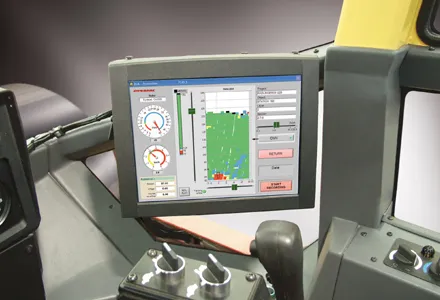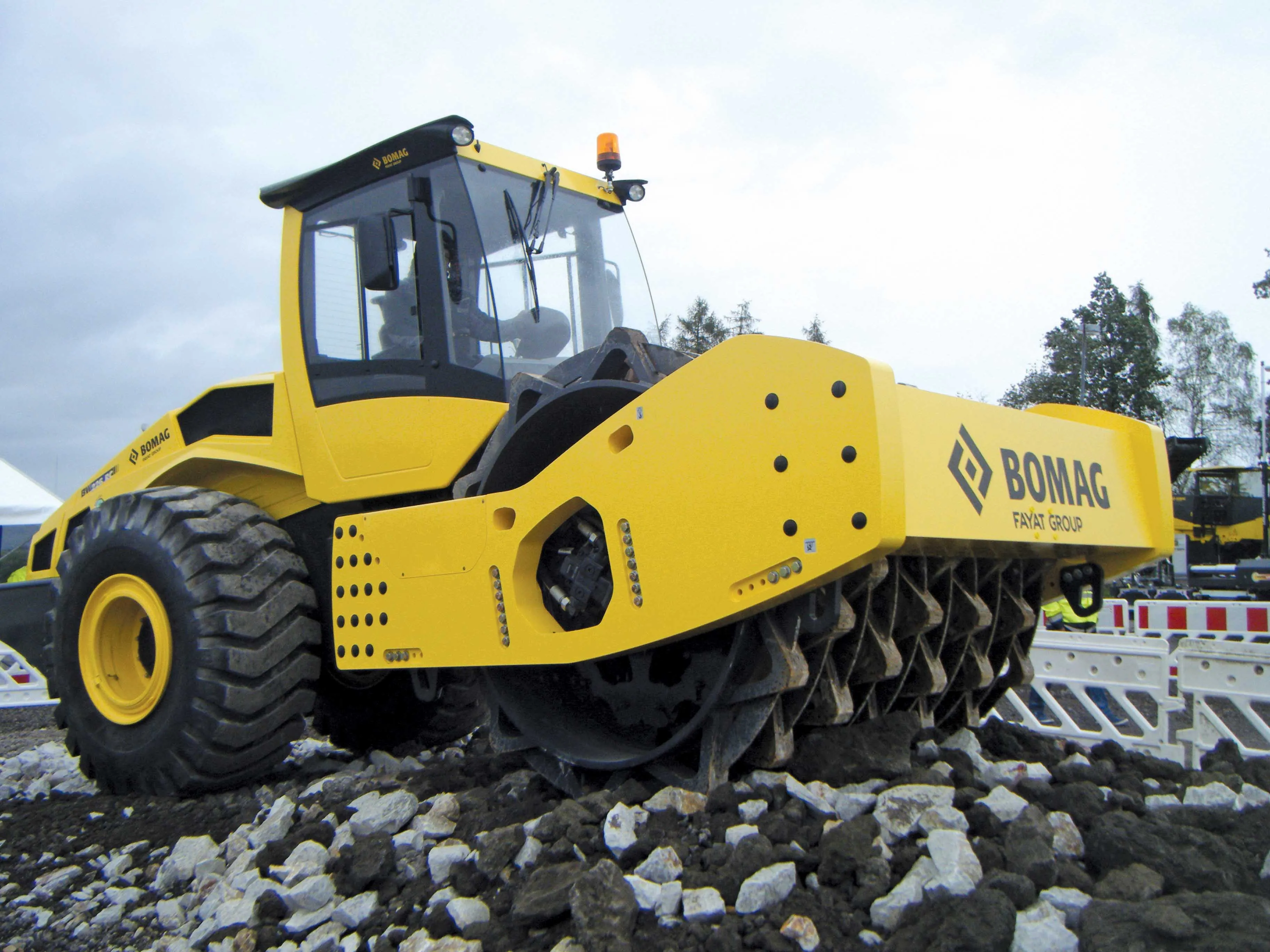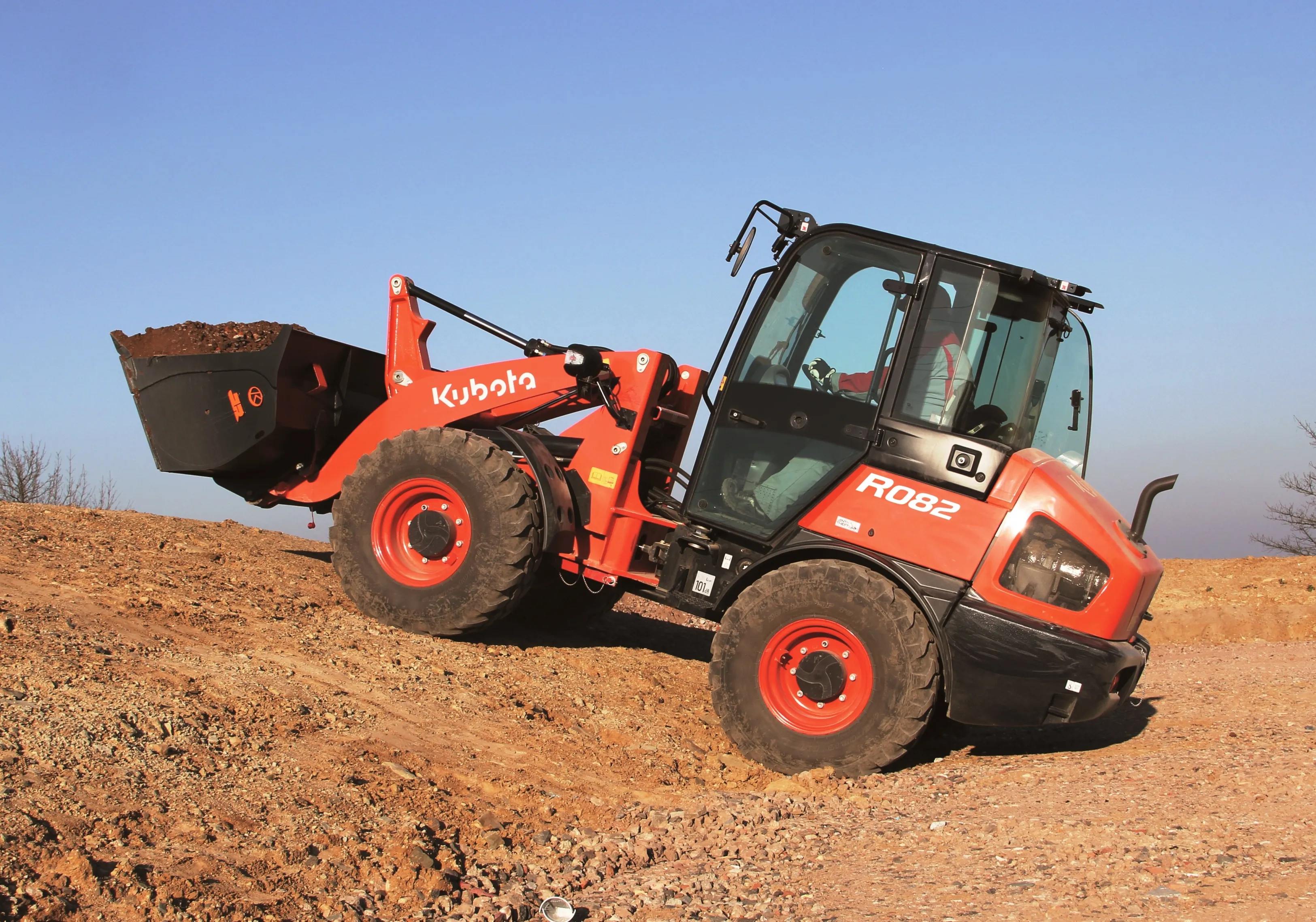Two years ago, Wacker Neuson introduced its ECO seal branding that sets standards in ecologically friendly machinery. Under this ECO seal, Wacker Neuson will now exhibit at INTERMAT the new WL20e wheel loader, an electric machine with a bucket capacity of 0.2m3.
The WL20e has two electric motors, one for the drive system and one for the operating hydraulics to ensure that performance matches that of the conventional machines. Emissions-free operation is increasingly important in urban areas and when worki
January 30, 2015
Read time: 2 mins
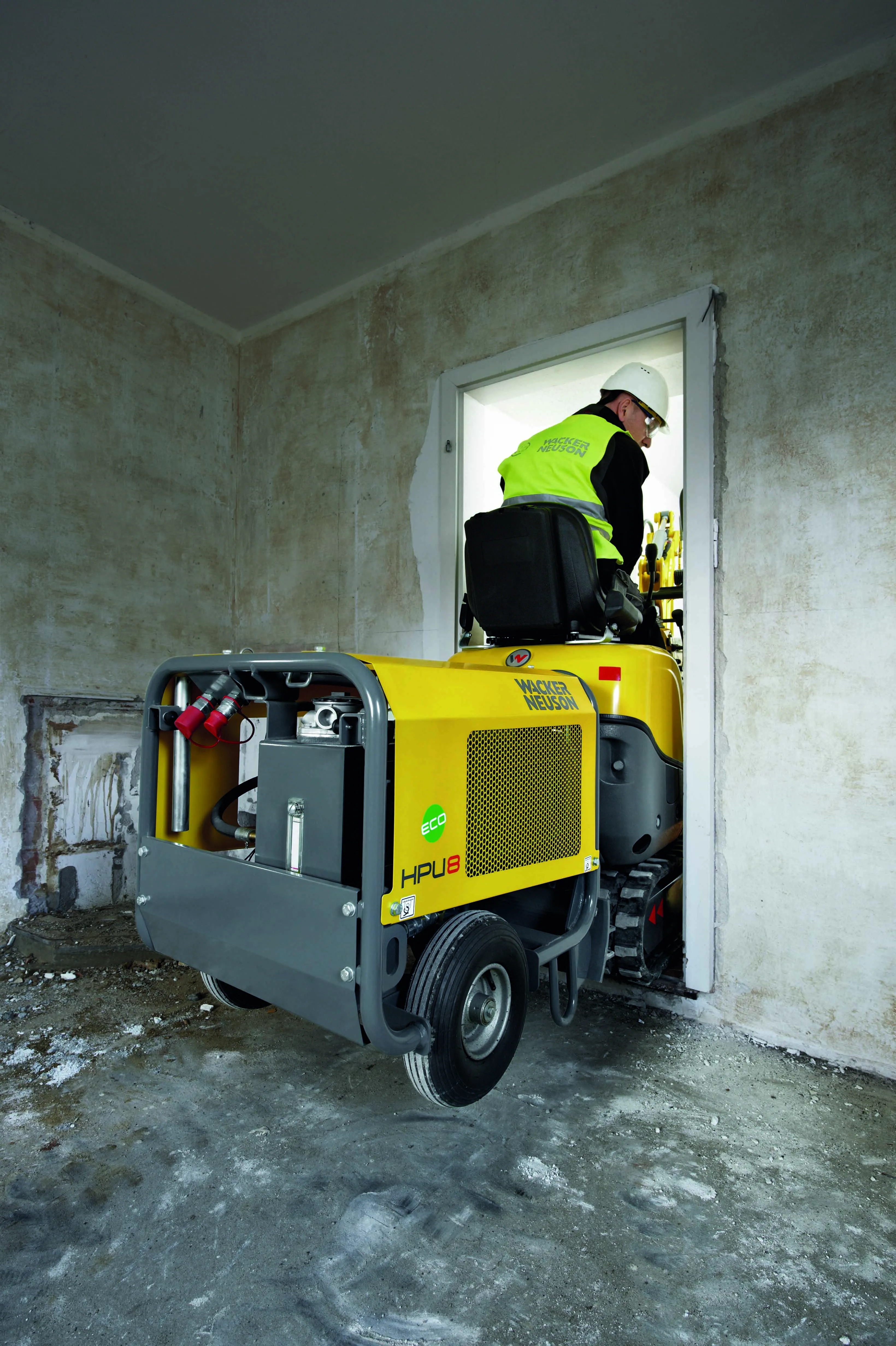
Two years ago, 1651 Wacker Neuson introduced its ECO seal branding that sets standards in ecologically friendly machinery. Under this ECO seal, Wacker Neuson is instroducing the new WL20e wheel loader, an electric machine with a bucket capacity of 0.2m3.
The WL20e has two electric motors, one for the drive system and one for the operating hydraulics to ensure that performance matches that of the conventional machines. Emissions-free operation is increasingly important in urban areas and when working indoors, such as in greenhouses, during building restorations or in parking garages. The battery-powered wheel loader WL20e is one of eleven articulated wheel loader models from 0.2m3 to 1.1m3.
Also new at INTERMAT will be the battery-powered rammers AS 30 and AS 50 made especially for compaction work in trench applications or indoors. Wacker says that using electricity can save up to 63% on operation costs. Remember, maintenance for the carburettor is a think of the past with the AS 30 and AS 50.
Other INTERMAT launches for Wacker Neuson, which includes brands Kramer and Weidemann, will be soil and asphalt compaction rollers from 1.8-4.5tonnes and with single drum rollers with up to 7tonnes of working weight. Wacker says the new 10tonne mobile excavator EW100 is the fastest excavator in its class with a maximum speed of 40km/h and yet operational fuel savings can be up to 20%, thanks to an optimised hydraulic system.
The WL20e has two electric motors, one for the drive system and one for the operating hydraulics to ensure that performance matches that of the conventional machines. Emissions-free operation is increasingly important in urban areas and when working indoors, such as in greenhouses, during building restorations or in parking garages. The battery-powered wheel loader WL20e is one of eleven articulated wheel loader models from 0.2m3 to 1.1m3.
Also new at INTERMAT will be the battery-powered rammers AS 30 and AS 50 made especially for compaction work in trench applications or indoors. Wacker says that using electricity can save up to 63% on operation costs. Remember, maintenance for the carburettor is a think of the past with the AS 30 and AS 50.
Other INTERMAT launches for Wacker Neuson, which includes brands Kramer and Weidemann, will be soil and asphalt compaction rollers from 1.8-4.5tonnes and with single drum rollers with up to 7tonnes of working weight. Wacker says the new 10tonne mobile excavator EW100 is the fastest excavator in its class with a maximum speed of 40km/h and yet operational fuel savings can be up to 20%, thanks to an optimised hydraulic system.


